
Type of Pasture Plays An Important Role in Grazing
When horses are getting turned out on growing pasture in the spring, or irrigated pastures that grow continuously throughout the summer, this is when the most sugar will be in grasses, and raises the most concern to horses with metabolic issues. If your horse has access to a dry pasture where the grass has gone dominate, these plants are typically lower in sugars, and therefore, your horse can be allowed to graze for a longer period of time.Considering Sugar Levels With Time of Day for Your Metabolic Horse
When deciding what time of day to turn your horses out on growing grass, it is necessary to consider when the level of sugar is the lowest. Sugar builds up in grass with more exposure to sunlight and can take several hours for sugar levels to drop after the sun goes down. For this reason, it is best not to turn sugar sensitive horses out on pasture before 3 AM and take them off by 10 AM. If it's very overcast photosynthesis in the pasture is reduced, and therefore sensitive horses can graze a little longer. However, if temperatures drop below 40 °F at night, grasses don't utilize the sugar they have stored to grow. Therefore, the sugar content of the grasses stays high. In this case, you won't want to turn your sugar sensitive horse out in the morning after cold nights. In addition, typically, the majority of the sugar stored in grass is in the bottom 3 to 4 inches. Grass that has been grazed down this much would carry higher risks for your sugar sensitive horses. So, you are better off to let your horse graze taller grasses and let short grasses recover and grow.


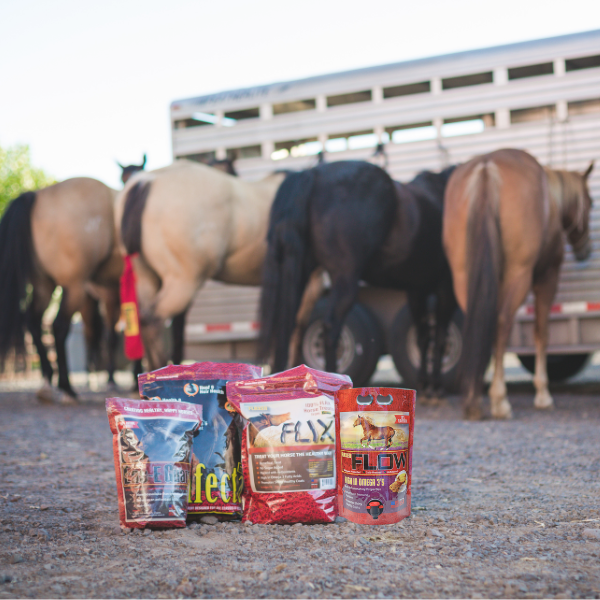
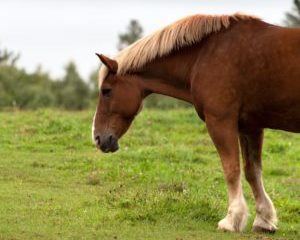
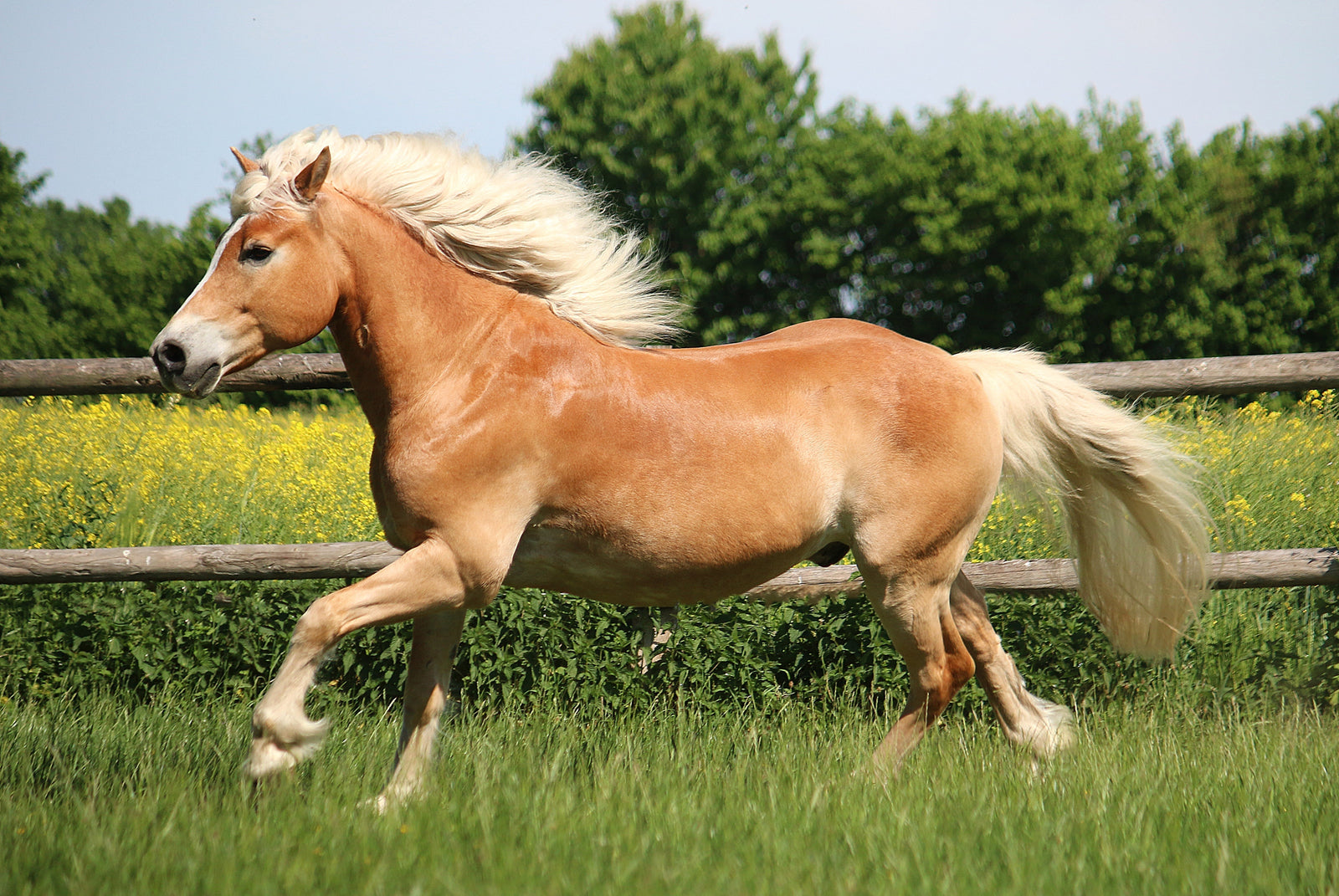
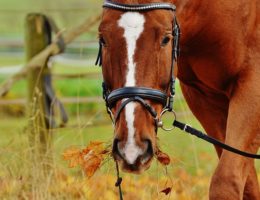
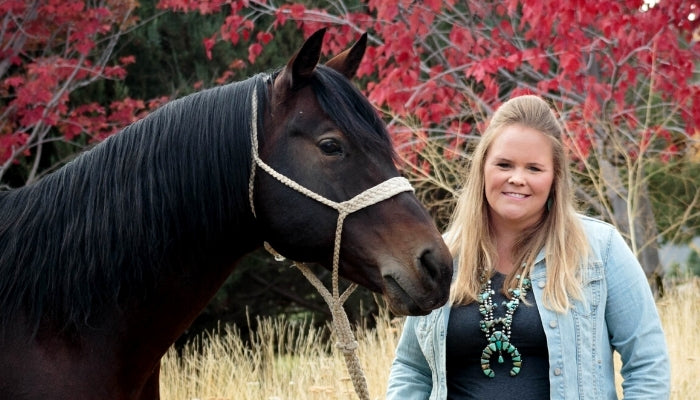
Marian Smith
September 03, 2025
1. What is the best blood test to give an IR pony
2. what are the parameters of normal the blood test?
I leave him out wt a feeding mask for 4 hours a day
3. What processed horse feed is the best?
4. 450 lb Shetland He gets Heiro daily
———
Horse Guard replied:
Cornell’s College of Veterinary Medicine provide great recommendations and reference ranges. https://www.vet.cornell.edu/animal-health-diagnostic-center/testing/testing-protocols-interpretations/equine-metabolic-syndrome-ems-testing
If he is not laminitic, movement is the best thing for him. So, as long as he can’t get to fresh green grass the movement is the best thing for him.
For a IR pony your best option is to feed a vitamin-mineral such as Horse Guard with Teff pellets. You can feed Heiro with it. If he weighs 450 lb feed him a little less than ½ a scoop of Horse Guard. If he is overweight, just feed enough teff pellets to get him to eat his supplements.
Free a grass hay with a ESC + Starch less than 10%.
Let me know if I can answer any more questions.
Sincerely,
Kelsey Johnson Nonella, Ph.D., PAS
Equine Nutritionist, Horse Guard, Inc.<http://www.horseguard.com/>
3848 NW 91st St. Redmond, OR 97756
Facebook<https://www.facebook.com/HorseGuard/> | Instagram<https://www.instagram.com/horse_guard/> | You Tube<https://www.youtube.com/channel/UCQMpOMX6hR2uv1w3IParGQw> | P: 800.553.4246 | F: 866.304.0944
[Horse Guard SMALL] Since 1978 we have dedicated our efforts to providing the highest quality nutrition products for horses. Our success is healthy happy horses and horse owners.